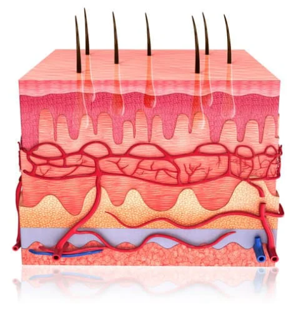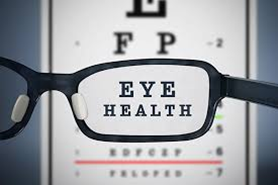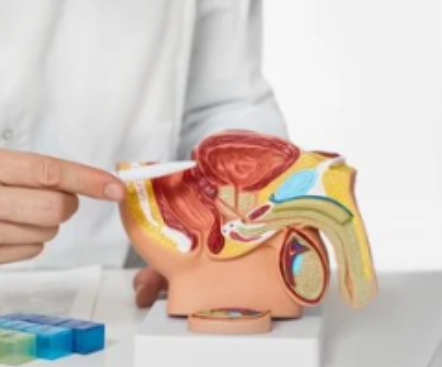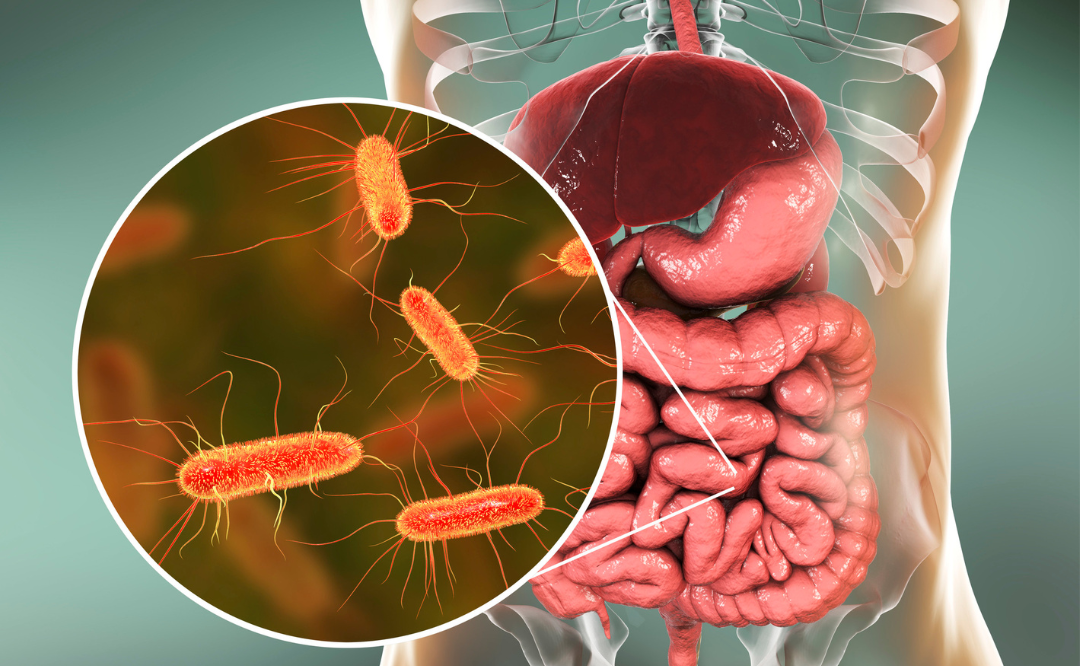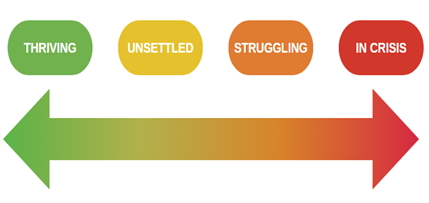

Did you know?
Globally, prostate cancer is the 2nd most commonly occurring cancer in men and the 5th leading cause of death. Catching prostate cancer at an early stage by following testing recommendations can lower the risk of death.
How to get tested
There are 2 tests that help to detect prostate cancer early.
- PSA Test: A blood test that indicates when there might be a problem with the prostate. Note: It does not diagnose cancer and often requires further testing.
- Digital Rectal Exam: A doctor checks for any abnormalities of the prostate, like lumps.
When to start getting tested
Risk of developing prostate cancer increases with age.
If you are at high risk of developing prostate cancer, consider testing from the age of 45. Black men and those with family history are considered high risk.
For everyone else, consider testing from the age of 50.
Talk to your healthcare provider to determine when testing is right for you.
Signs & Symptoms
Symptoms of prostate cancer vary. Most men do not experience symptoms, so testing is vital.
The following symptoms may be linked to prostate cancer. If you experience any of these symptoms, visit your doctor.
- Difficulty urinating or emptying the bladder completely.
- Urinating often, especially at night.
- Pain or burning during urination.
- Blood in the urine or semen.
- Pain the back, hips, or pelvis that does not go away.
- Painful ejaculation.
Please note, these symptoms may be caused by conditions other than prostate cancer.
Take Away
Ensure that you or the men in your life are visiting the doctor to get tested for prostate cancer according to recommended guidelines. Take care of your health!
Writer: Summer Clarke, Health Promotion Coordinator

































































